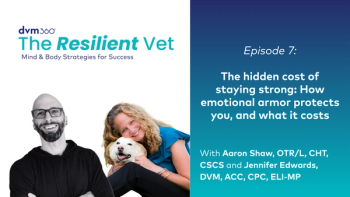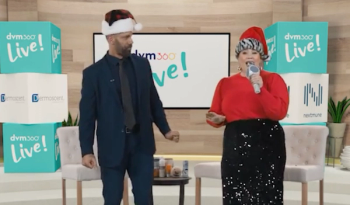Write it down
To help identify—and overcome)—subconscious assumptions about your well-being plan, ask yourself these questions and write down your responses:
- What expectations do I have about this well-being plan?
- What will I need to give up or add to my life to make this plan work for me?
- What areas of my life will I have to reevaluate to improve my well-being?
Talking about or writing down your assumptions can help put your journey into perspective. We might think we make perfect sense, but when we share your thoughts with someone else or write them down, we might notice that some of our well-being goals are unreasonable.
2. You want a quick fix
Well-being workshops can help inspire change. They provide lots of useful information but no real-world practice. I can tell someone how to place a central line catheter and give tips for troubleshooting problems, but until someone tries it for themselves they won’t know how to overcome obstacles.
When coaching veterinary professionals, a majority of my time is spent troubleshooting. For example, one of my clients wanted more balance in her life. Although she loved her job and colleagues, she also valued her personal time and often felt guilty about leaving work on time. We found a way for her to uphold her boundaries and her work values. It took weeks to develop a successful strategy. In the end, the solution included a combination of letting go of what others thought about her, improving her time management skills, and communicating with her teammates. The bottom line? Well-being is not black and white—every situation comes with unique challenges.
“Semper Gumby” is an unofficial US Marine Corps motto that means always flexible. Practice being strong and flexible during this well-being journey. You will try, fail, grow, and repeat. It's all part of the process.
3. You are looking for comfort
When a dog has a fever but no other obvious signs of illness, we know there’s more going on than what meets the eye. Feeling uncomfortable is similar because it can help us to identify some trouble areas in our life.
For example, boundaries are especially hard for me. I still feel stressed when someone repeatedly pushes my boundaries. I once had a boss, Sally, who asked me to confront another coworker, Becky, about an opinion she expressed about me. I felt it would be death by communication if I started a conversation that sounded something like, “I was told that you thought I was mad at you 2 weeks ago.” The thought of having this conversation made me cringe.
I was aware that Becky and I did not get along, but I had a plan to help rebuild our relationship. When Sally pushed me for the third time, I was ready to blow. Instead of caving on my boundary, I sat with the problem and processed the situation. This helped me realize that I never told Sally what I planned to do about Becky.
I reassured Sally that I had already started a process of trying to improve my communication with Becky. Without taking the time to sit in my frustration, I might not have upheld my boundary and could have been resentful later.
The next time you feel like your only choices are to uphold your well-being or cave in, remember there is a third option. Sit with the discomfort and ask yourself: What am I supposed to learn?
The bottom line
Most people are doing their best to be happy. It is hard to play the long game when you can make decisions in the moment that will give you relief.
Expectations can sneak up on you in the form of feelings such as discomfort, disappointment, or self-criticism. If your well-being is low, the journey back to happiness will have moments of triumph alongside struggles.
Viewing your path to better well-being as a journey with twists and turns will help set realistic expectations and allow you to roll with the punches. Let’s face it. Improving your well-being is hard, but it can help you live a healthier and happier life—one that you’re genuinely excited about.
Kristina Guldbrand worked as a certified veterinary technician for 12 years before becoming an account manager for Veterinary System Services, where she discovered her love of leadership and well-being. She has received training through the International Coaching Federation and provides workshops, leadership, and well-being coaching, as well as teambuilding for practices.





